
Blog
25+ Traditional Craft Techniques from Around the World
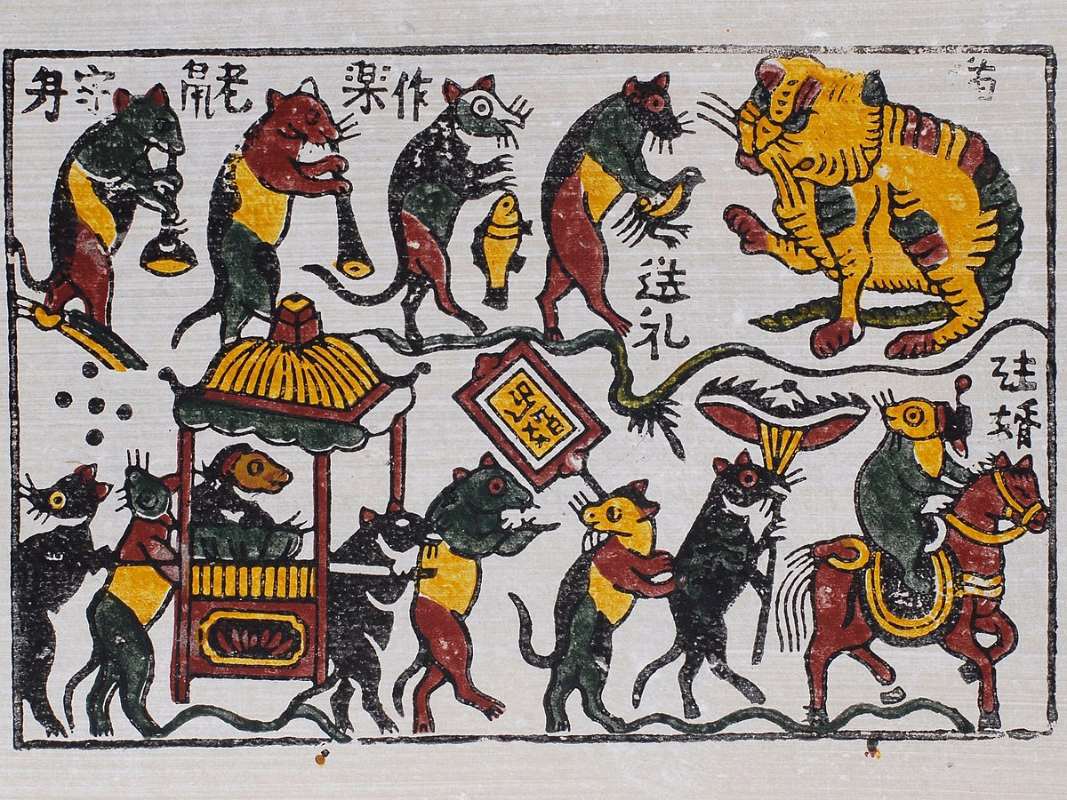
Traditional craft techniques are an integral part of cultural heritage, offering a window into the history, values, and artistic expressions of different societies. These time-honored practices have been passed down through generations, each carrying unique stories and significance. This article explores a variety of traditional craft techniques from around the world, highlighting their origins, methods, and cultural importance.
Asia
Ikebana (Japan)
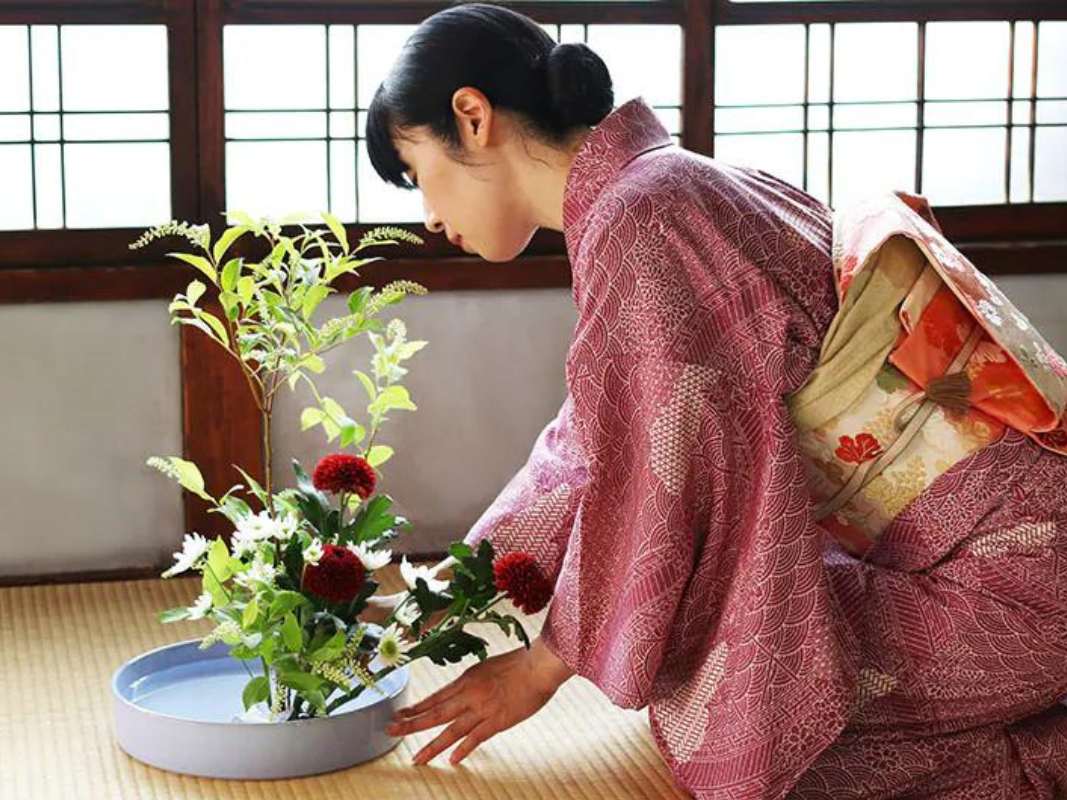
Ikebana, the Japanese art of flower arranging, goes beyond mere decoration. It is a disciplined art form in which nature and humanity are brought together. Ikebana often emphasizes minimalism, with attention to harmony, balance, and form. This technique dates back to the 7th century when floral offerings were made at altars. Over time, it evolved into a more refined and meditative practice, focusing on the arrangement’s lines and spaces, creating a sense of calm and contemplation.
Batik (Indonesia)
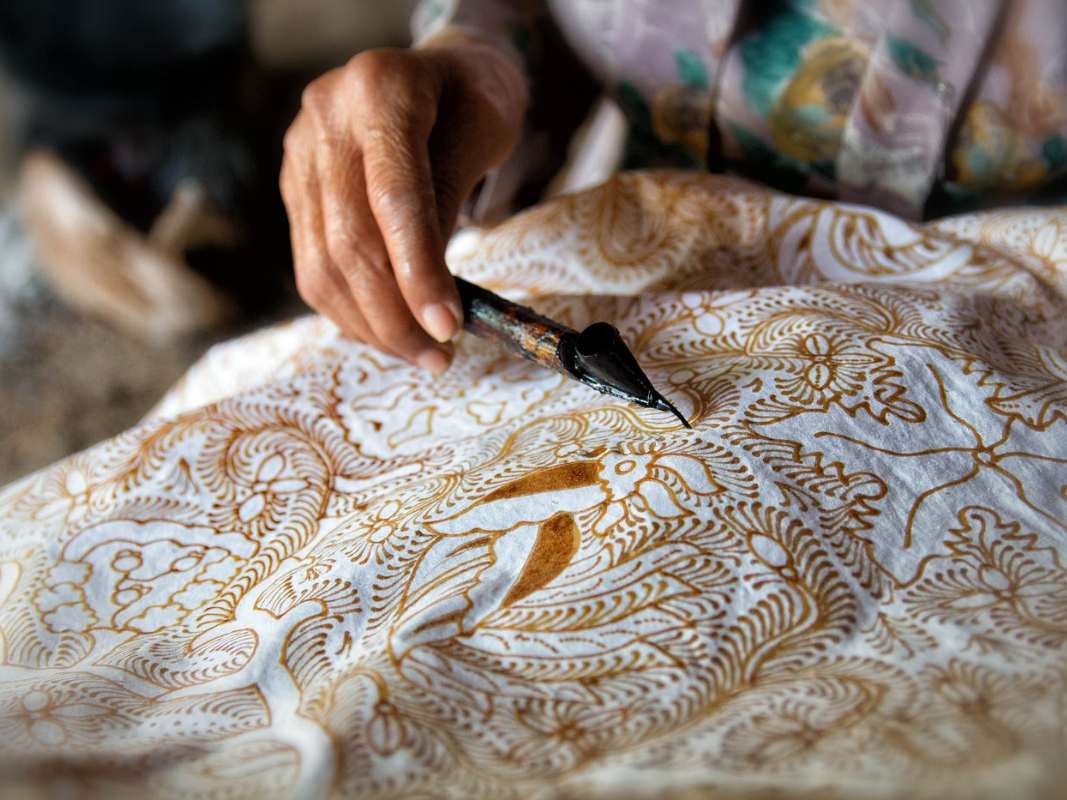
Batik is a wax-resist dyeing technique that originated in Indonesia. This traditional craft involves applying wax to fabric in intricate patterns and then dyeing the fabric. The wax prevents the dye from coloring the areas it covers, allowing artisans to create complex, multi-colored designs. Batik holds cultural significance, with patterns and colors often symbolizing different regions, social statuses, and occasions. The art of batik is a UNESCO Intangible Cultural Heritage of Humanity, recognizing its importance in Indonesian culture.
Thangka Painting (Tibet)
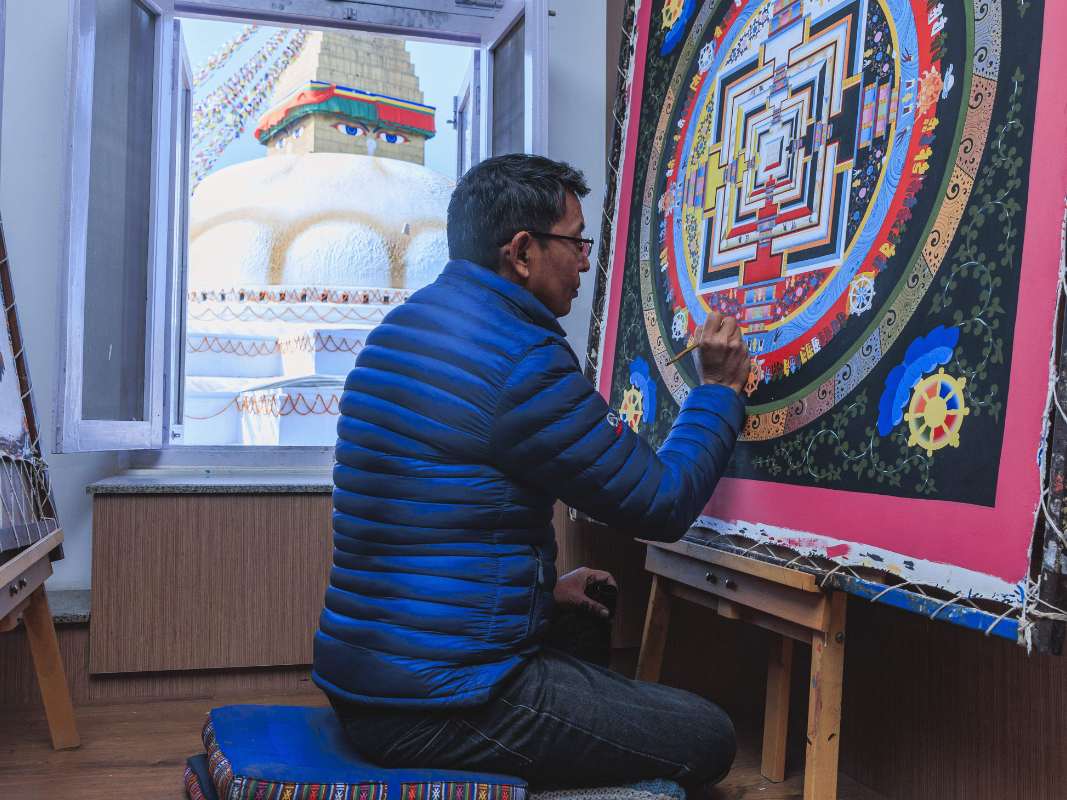
Thangka painting is a Tibetan Buddhist art form that involves creating detailed, religious scroll paintings. These paintings are typically made on cotton or silk and depict Buddhist deities, scenes, and mandalas. Thangka painting requires precision and a deep understanding of Buddhist iconography. The finished pieces are used as teaching tools, meditation aids, and objects of worship. The creation process is a spiritual practice in itself, requiring patience, concentration, and devotion.
Pottery (China)
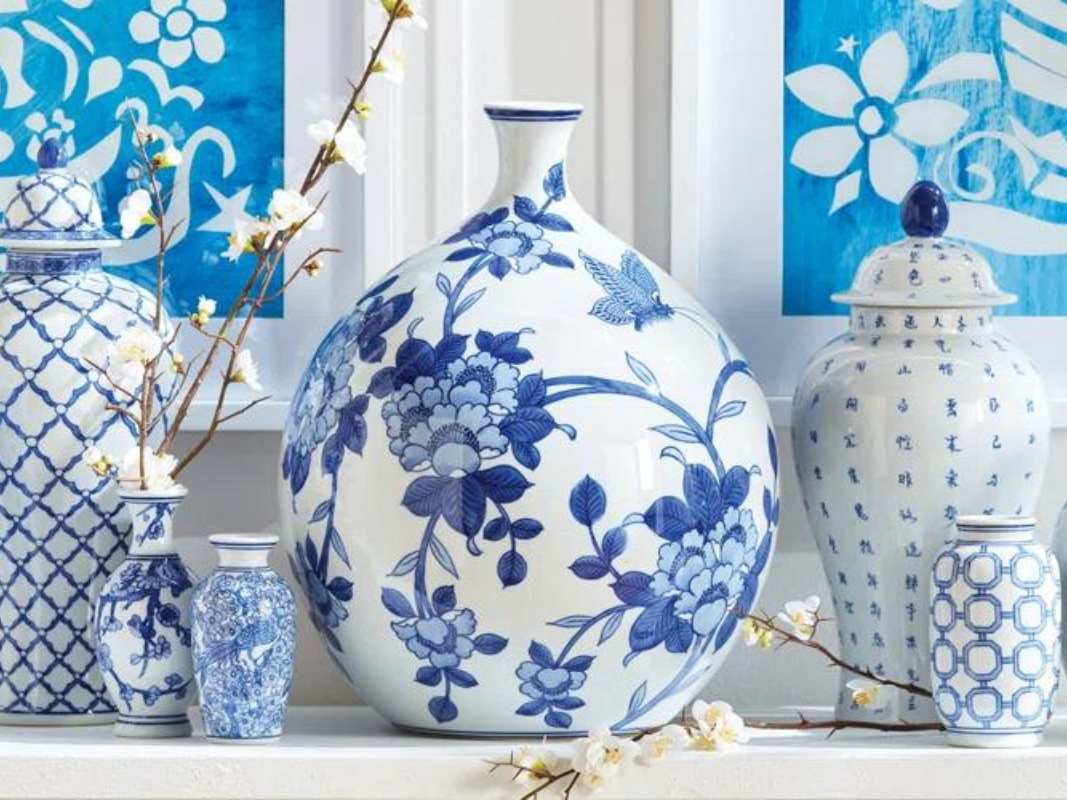
Chinese pottery, including the famous porcelain, has a rich history dating back thousands of years. Pottery techniques vary across different dynasties, with each era contributing to the evolution of styles and methods. From the delicate blue and white porcelain of the Ming Dynasty to the intricate celadon of the Song Dynasty, Chinese pottery reflects the artistic and cultural advancements of its time. The craftsmanship involved in creating these pieces involves a deep understanding of materials, firing techniques, and decorative methods.
Woodblock Printing (Japan)
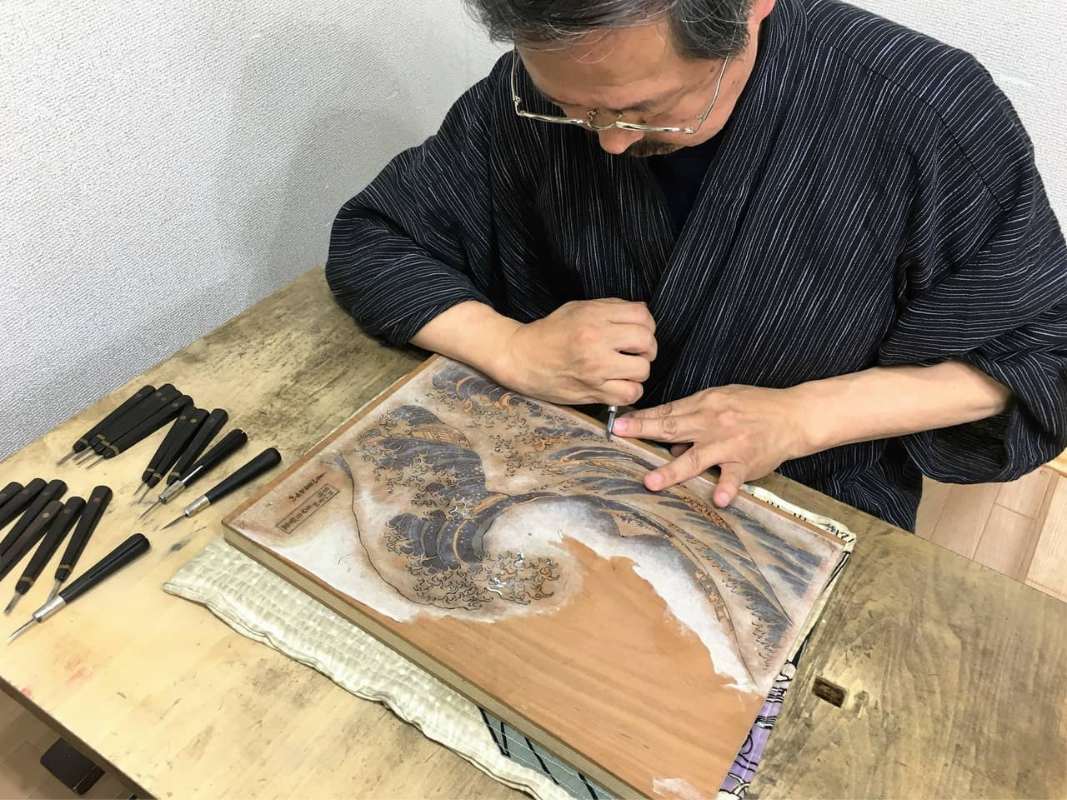
Woodblock printing is a traditional Japanese technique used to create prints on paper and textiles. The process involves carving an image into a wooden block, applying ink to the block, and then pressing it onto the material. This technique became popular during the Edo period (1603-1868), with famous artists like Hokusai and Hiroshige creating iconic works. Woodblock printing is known for its precision, vibrant colors, and the ability to produce multiple copies of a single design.
Pashmina Weaving (India)
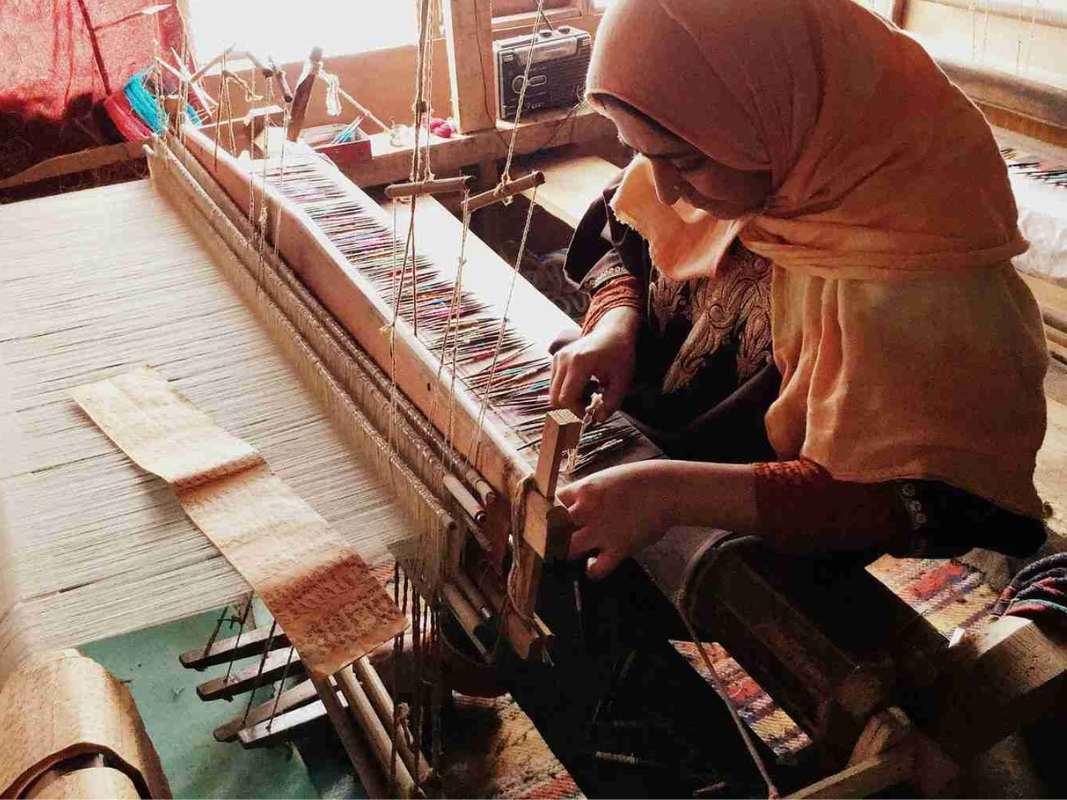
Pashmina weaving is an ancient craft from Kashmir, India, involving the creation of luxurious shawls from fine pashmina wool. The wool is hand-spun and woven into shawls that are known for their softness, warmth, and intricate patterns. Pashmina weaving is a labor-intensive process, with artisans dedicating months to complete a single piece. The craft holds cultural and economic importance in Kashmir, representing the region’s rich textile heritage.
Kirigami (Japan)
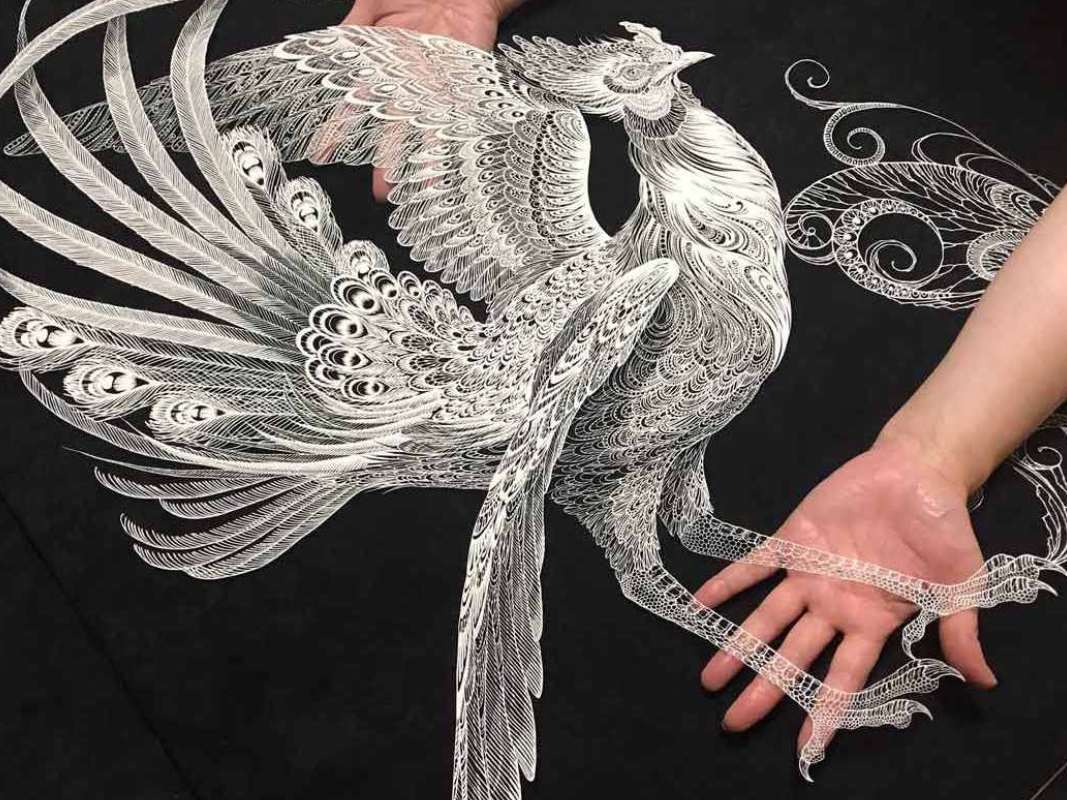
Kirigami, derived from the Japanese words “kiri” (cut) and “kami” (paper), is the art of paper cutting. Unlike origami, which involves folding paper, kirigami includes cutting to create intricate designs and structures. This technique is used to make various decorative items, from simple snowflakes to complex architectural models. Kirigami is often used in festivals and celebrations, with designs symbolizing good fortune and prosperity.
Dong Ho Painting (Vietnam)
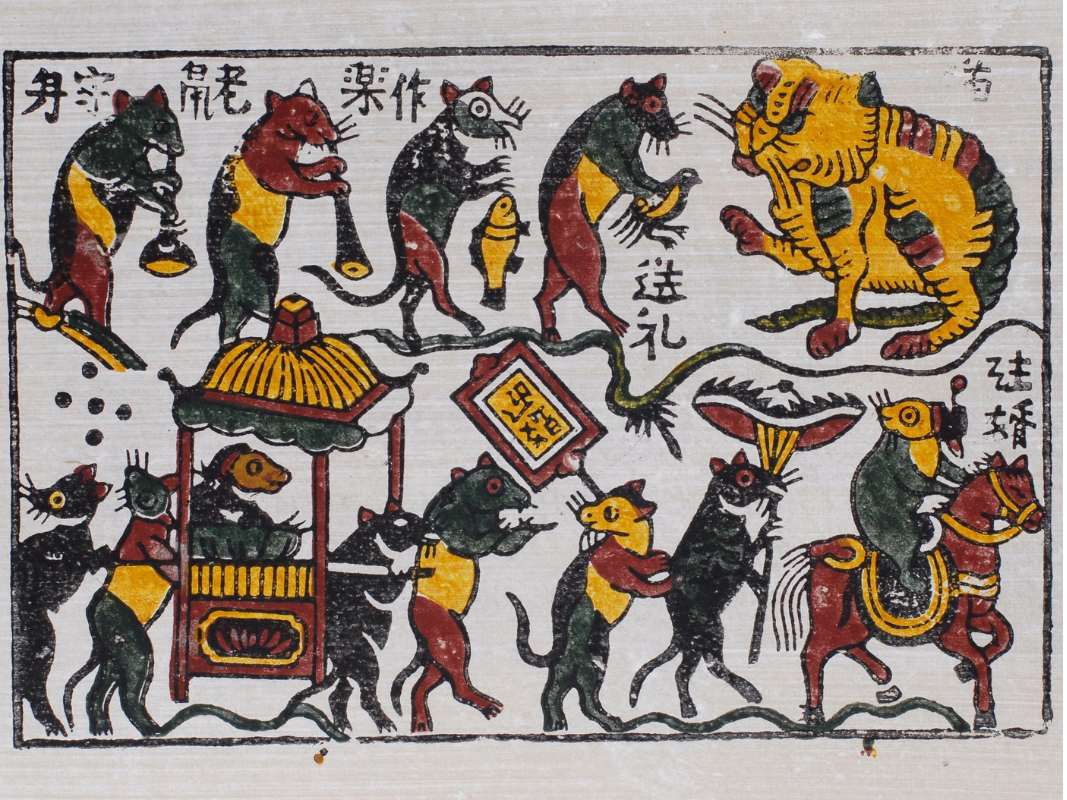
Dong Ho painting is a traditional Vietnamese folk art originating from the Dong Ho village in the Bac Ninh province. These woodcut paintings depict scenes of daily life, historical events, and folk tales, characterized by their bright colors and simple, yet expressive, lines. The creation process involves carving images into wooden blocks, applying natural dyes, and pressing them onto dó paper. Dong Ho paintings are often used during the Lunar New Year and other cultural festivals, symbolizing good luck and happiness.
Pewter Craft (Malaysia)
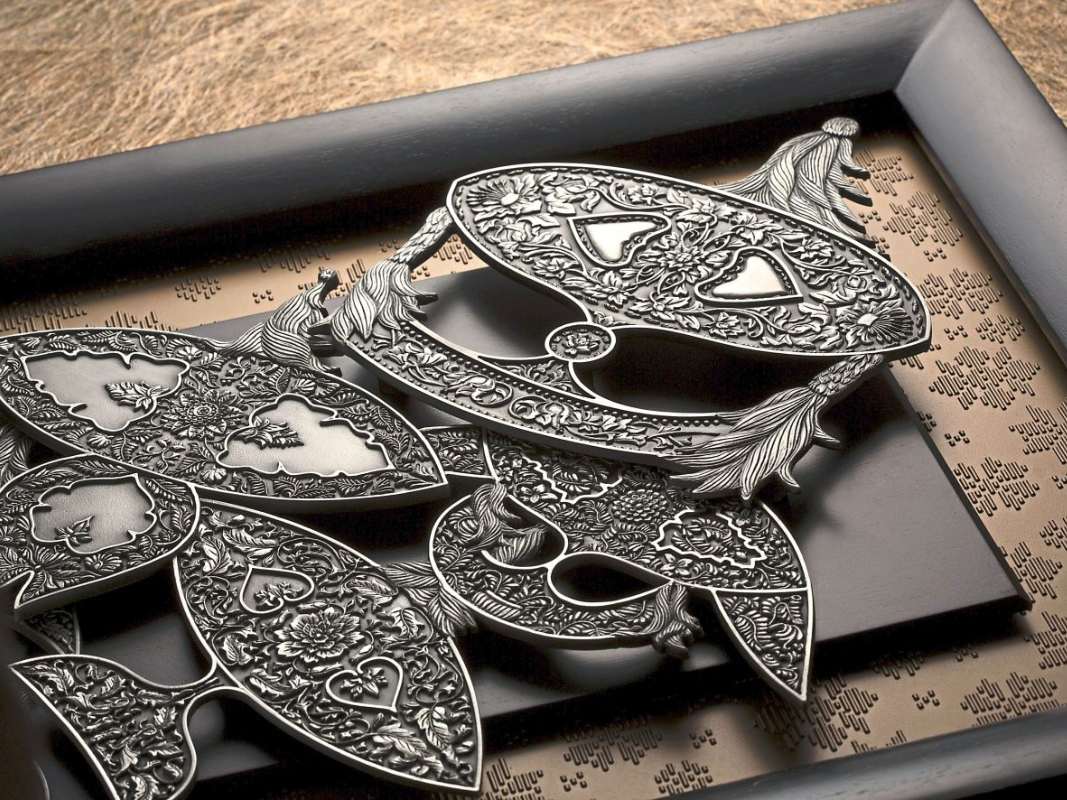
Pewter crafting is a traditional Malaysian art form, particularly renowned in the state of Selangor. Pewter, an alloy made primarily of tin, is molded and crafted into various items such as decorative objects, utensils, and jewelry. This craft has been practiced for centuries and is known for its durability and shiny finish. Modern pewter craftsmanship combines traditional techniques with contemporary designs, maintaining its cultural relevance and appeal.
Africa
Kente Weaving (Ghana)
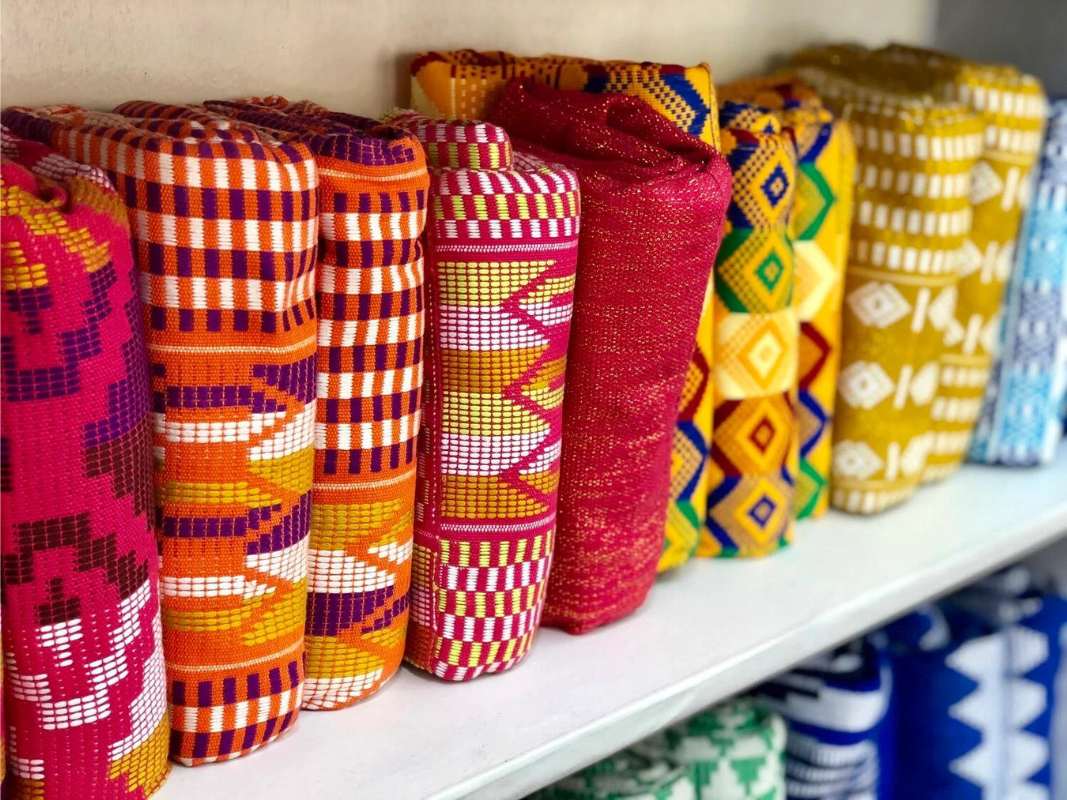
Kente weaving is a traditional craft of the Akan people of Ghana, known for its vibrant colors and intricate patterns. The cloth is woven on looms in long strips, which are then sewn together to create larger pieces. Each pattern and color combination has symbolic meanings, often reflecting the weaver’s history, social status, or significant events. Kente cloth is worn during important ceremonies and celebrations, symbolizing cultural pride and heritage.
Beadwork (Maasai, Kenya)
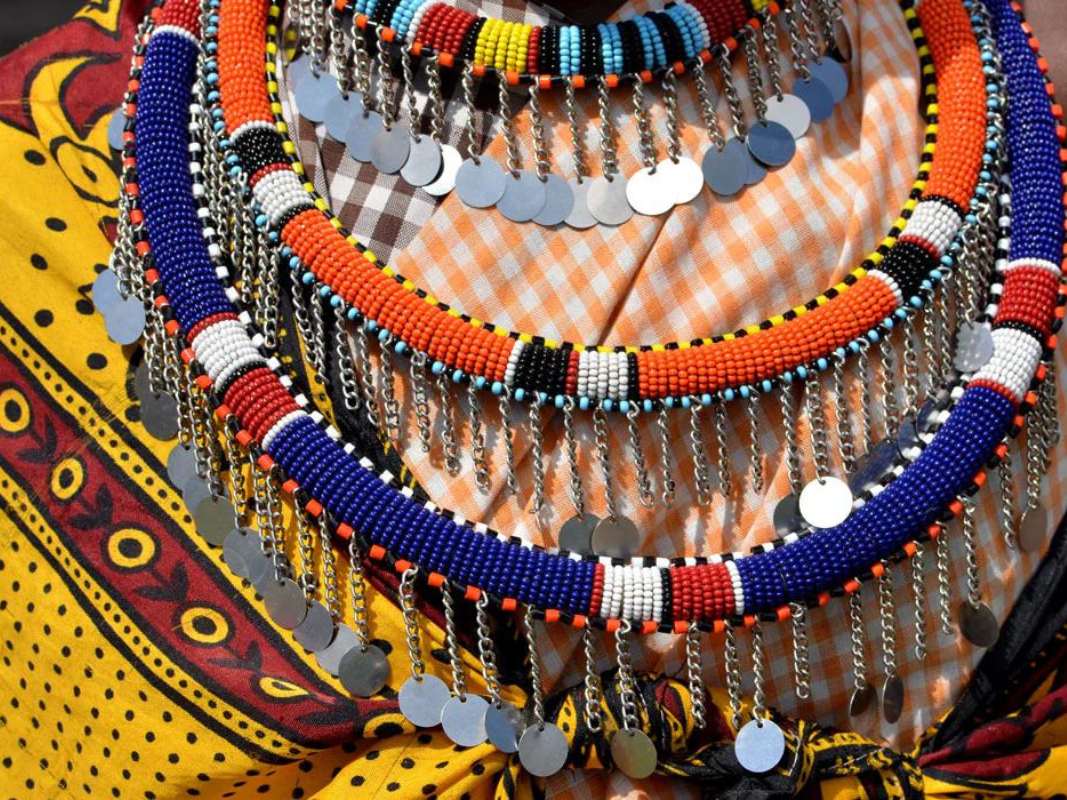
Maasai beadwork is a traditional craft practiced by Maasai women in Kenya. The beadwork is used to create elaborate jewelry, clothing, and accessories, with each piece reflecting the wearer’s age, social status, and achievements. The beads are carefully arranged in intricate patterns, often incorporating vibrant colors and symbolic designs. Beadwork plays a significant role in Maasai culture, used in ceremonies, rituals, and everyday life.
Tinga Tinga (Tanzania)
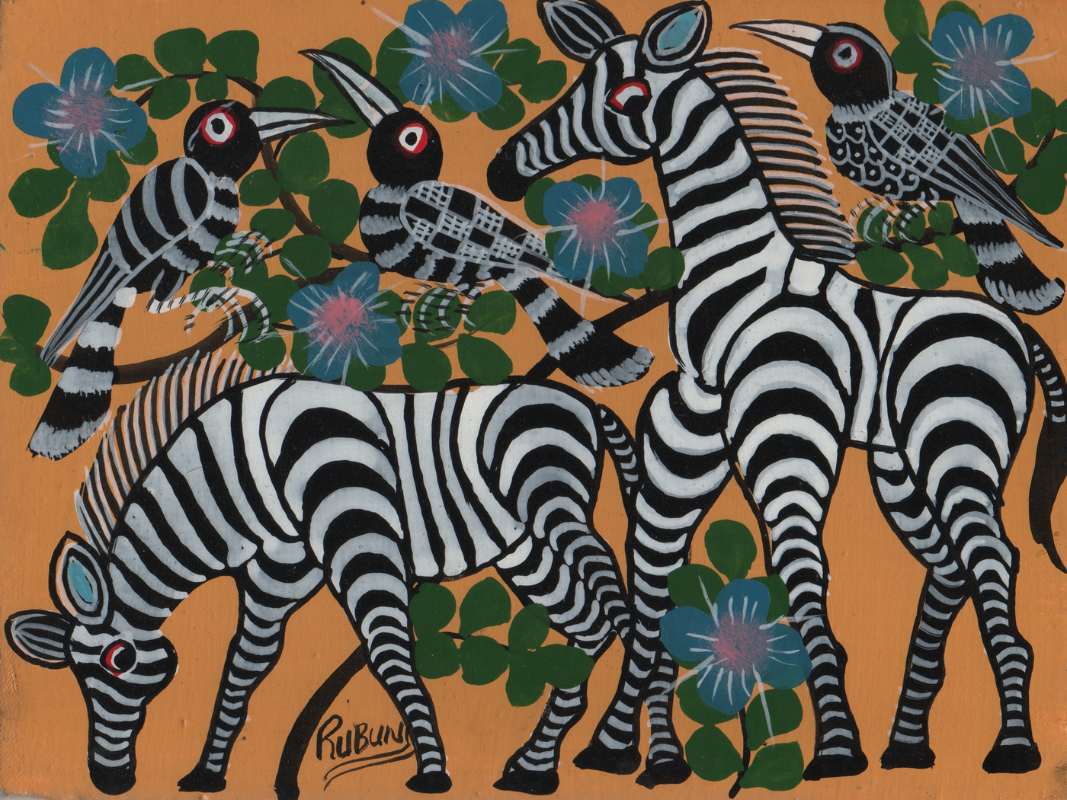
Tinga Tinga is a distinctive painting style that originated in Tanzania. Named after its founder, Edward Said Tingatinga, this art form is characterized by its bold colors, whimsical themes, and simple, yet expressive, designs. Tinga Tinga paintings often depict animals, folklore, and scenes of daily life. The technique involves using enamel paint on masonite or canvas, creating vibrant and eye-catching pieces that are popular with tourists and art collectors.
Europe
Bobbin Lace (Belgium)
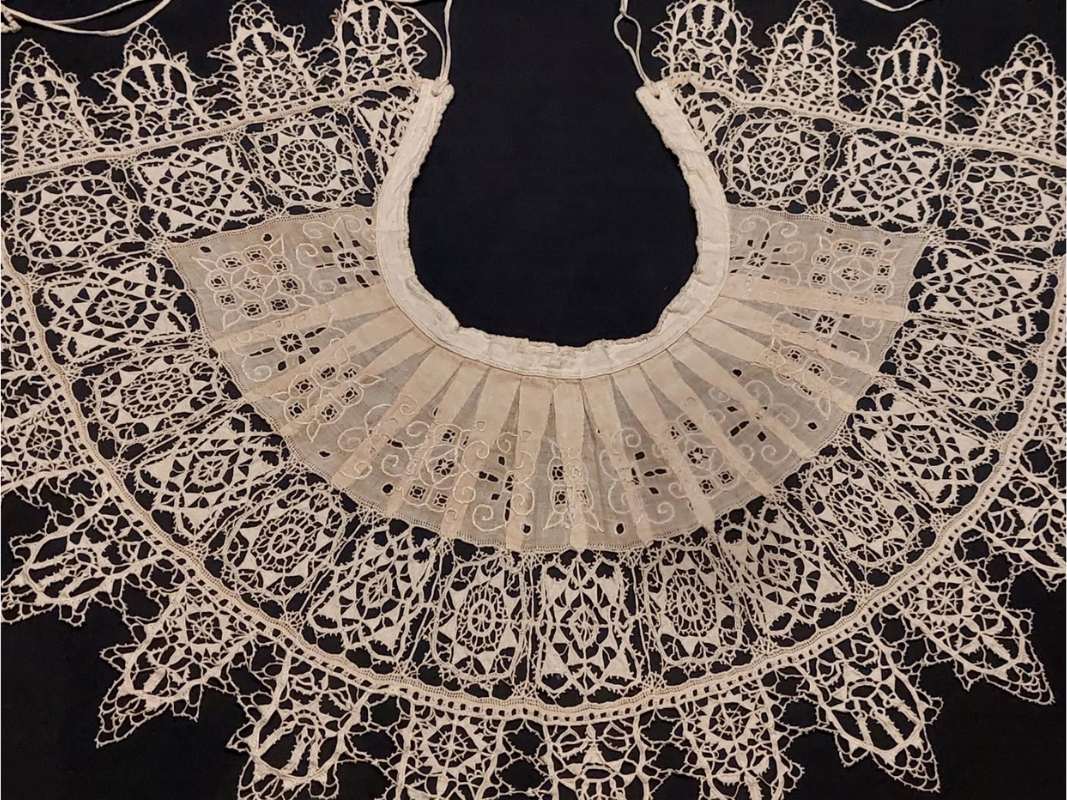
Bobbin lace is a delicate and intricate lace-making technique that originated in Belgium. The process involves weaving threads wound on bobbins around pins set in a pattern on a pillow. Bobbin lace is known for its fine, intricate designs and has been a significant part of Belgian heritage since the 16th century. The craft requires patience, precision, and skill, with each piece representing hours of meticulous work. This technique has influenced lace-making traditions across Europe and remains a highly valued craft.
Murano Glass (Italy)
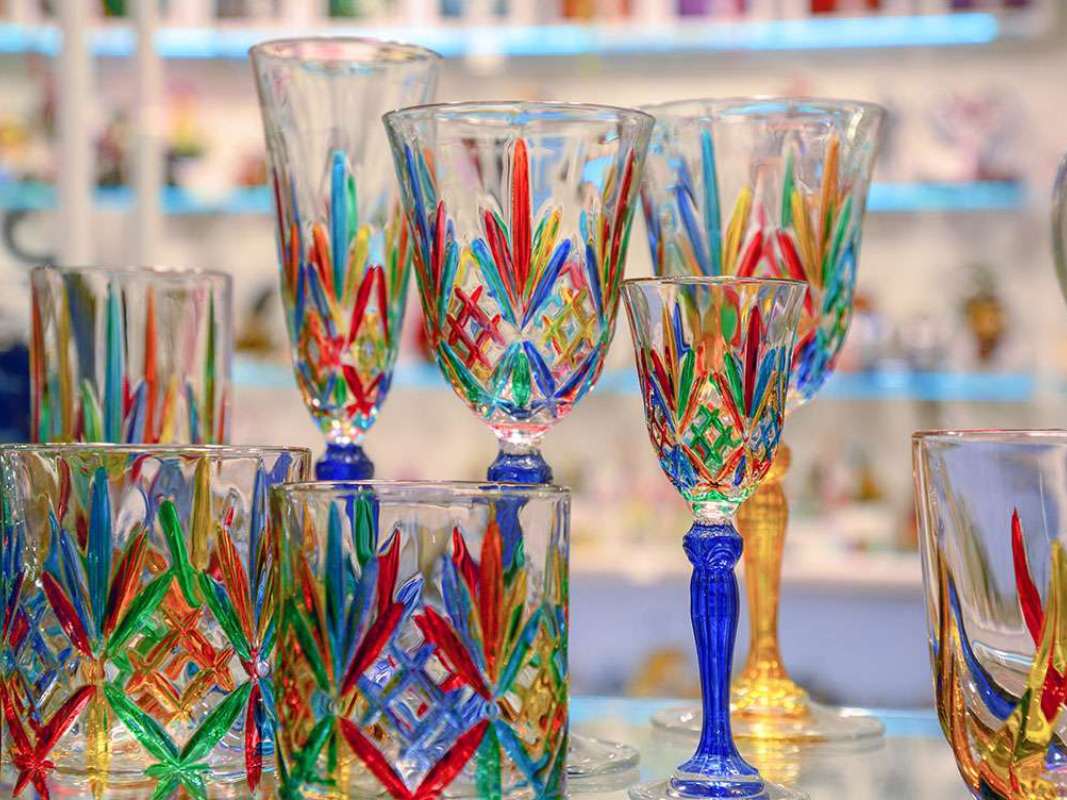
Murano glass is a renowned glass-making tradition from the Venetian island of Murano in Italy. This craft dates back to the 13th century and involves using various techniques to create intricate glass art, including blowing, molding, and sculpting. Murano glassmakers are known for their skill and creativity, producing everything from delicate jewelry to elaborate chandeliers. The glass pieces are often characterized by their vibrant colors, intricate patterns, and innovative designs, making Murano glass a symbol of Italian artistry.
Matryoshka Dolls (Russia)
Matryoshka dolls, also known as Russian nesting dolls, are a traditional craft from Russia. These wooden dolls are carved, painted, and nested inside one another, with each set typically consisting of a sequence of dolls that decrease in size. The dolls often depict Russian peasant girls in traditional dress, but modern variations include political figures, celebrities, and other themes. Matryoshka dolls are a symbol of Russian culture and craftsmanship, representing family, unity, and continuity.
Delftware, also known as Delft Blue, is a type of blue and white pottery that originated in the city of Delft in the Netherlands during the 16th century. The pottery is renowned for its intricate blue designs, typically depicting scenes of Dutch life, floral patterns, and landscapes. The creation process involves painting the designs onto the pottery before it is glazed and fired. Delftware has become a significant part of Dutch cultural heritage and continues to be a popular and collectible art form.
Tartan Weaving (Scotland)
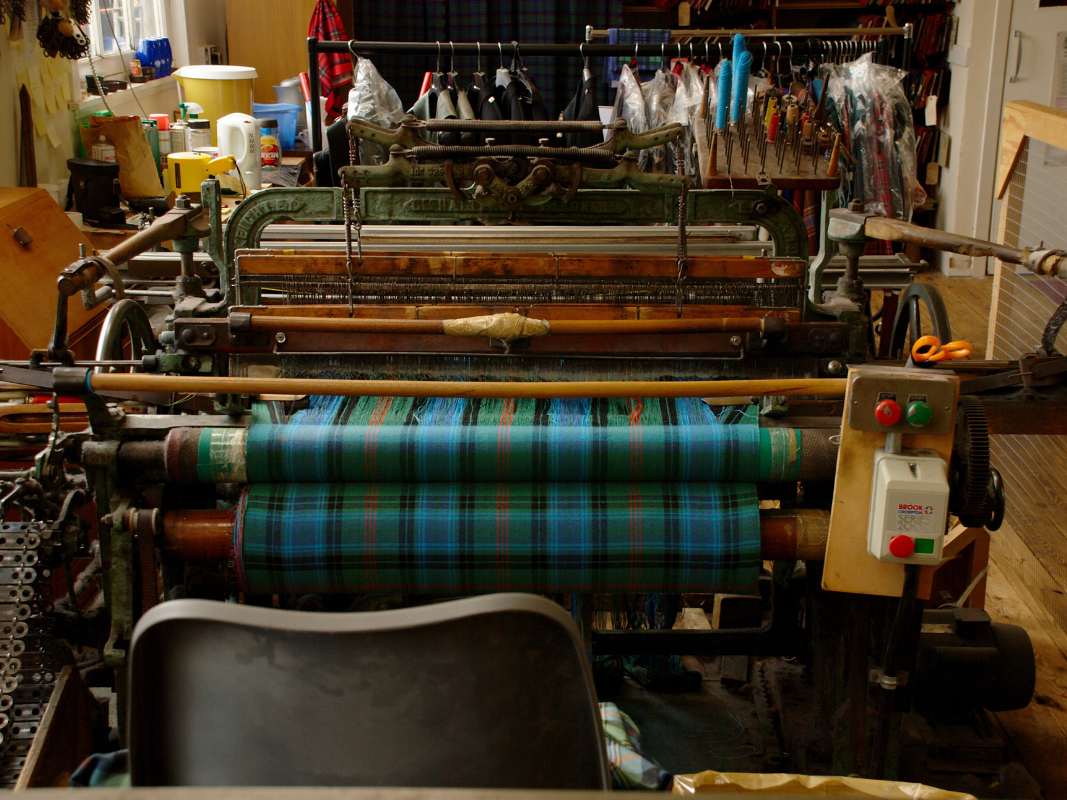
Tartan weaving is a traditional craft from Scotland, involving the creation of patterned cloth using horizontal and vertical bands of colors. Each pattern, known as a tartan, is unique and often associated with specific Scottish clans or regions. The weaving process is intricate, requiring precision to ensure that the colors and patterns align correctly. Tartan cloth is used to make kilts, scarves, and other garments, symbolizing Scottish identity and heritage.
Sgraffito (Czech Republic)
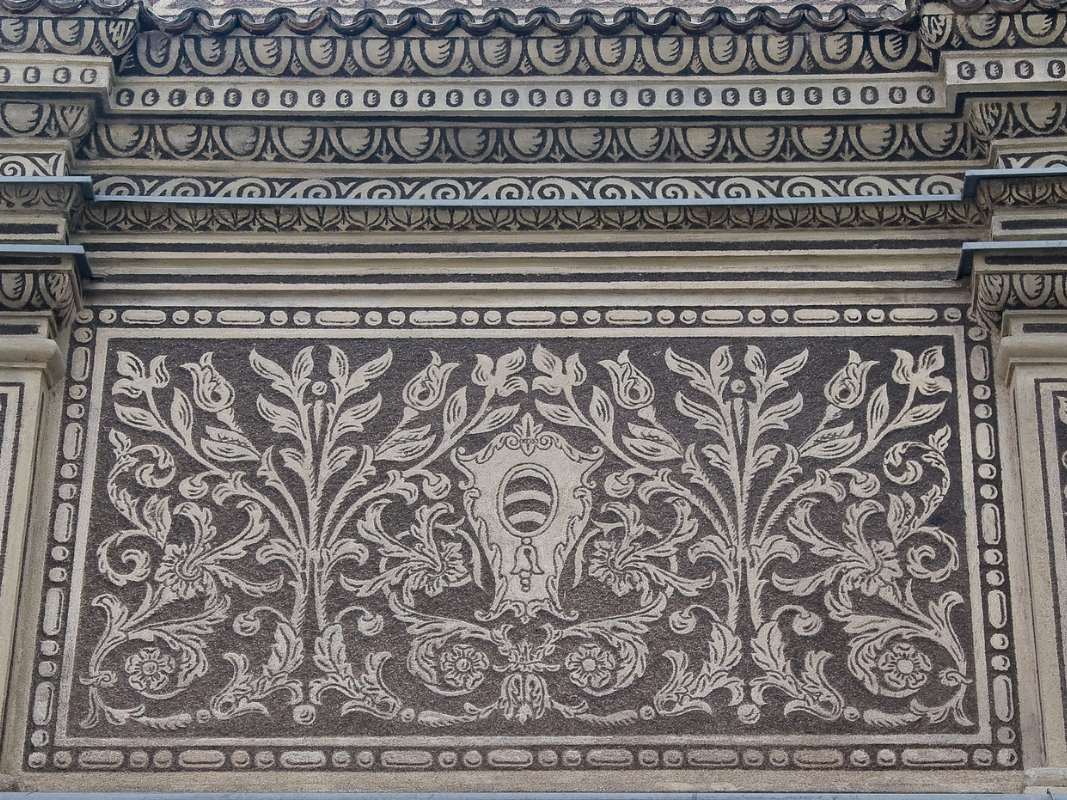
Sgraffito is a traditional technique used in the Czech Republic for decorating buildings. The process involves applying layers of plaster tinted in contrasting colors to a wall surface. A design is then scratched into the top layer, revealing the color beneath. This technique creates intricate and durable patterns and has been used to adorn the facades of many historical buildings, particularly during the Renaissance period. Sgraffito continues to be a cherished architectural decoration in Czech culture.
Encaustic Tile Making (Spain)
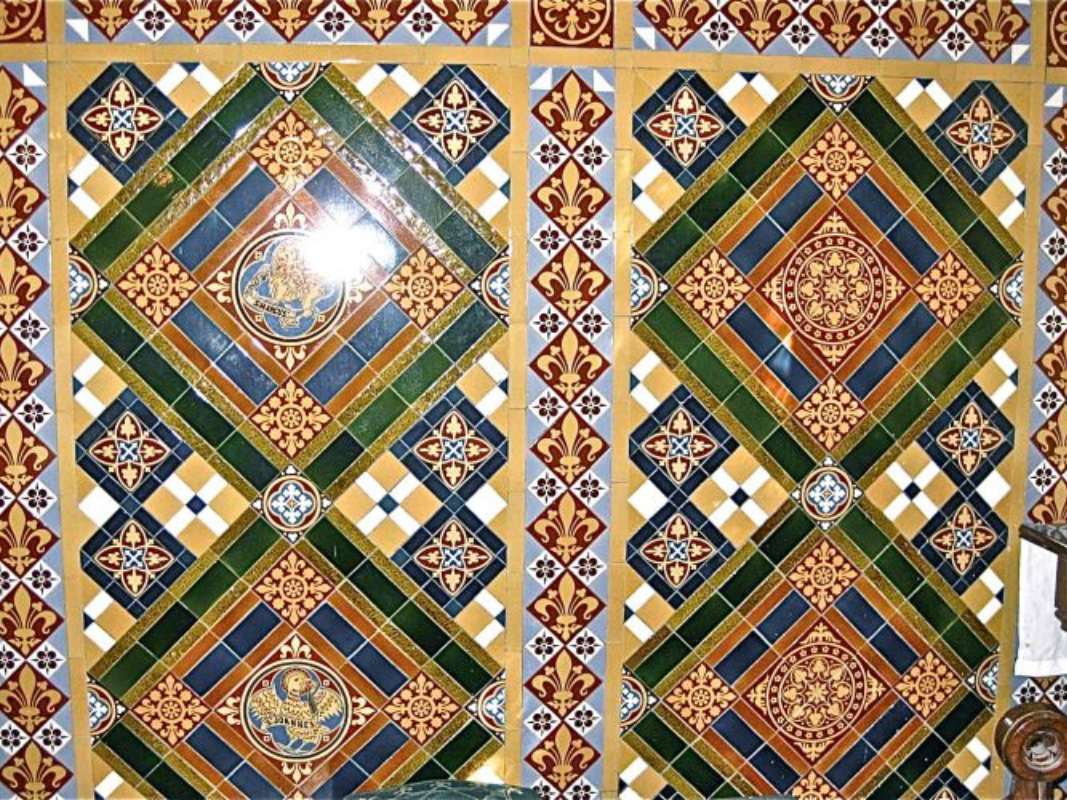
Encaustic tile making is a traditional Spanish craft that involves creating tiles with inlaid patterns using different colors of clay. This technique dates back to medieval times and was revived in the 19th century. The tiles are known for their durability and vibrant patterns, often used to decorate floors and walls in historic buildings. Encaustic tiles are an essential part of Spanish architectural heritage, reflecting the country’s artistic and cultural influences.
Embroidery (Ukraine)
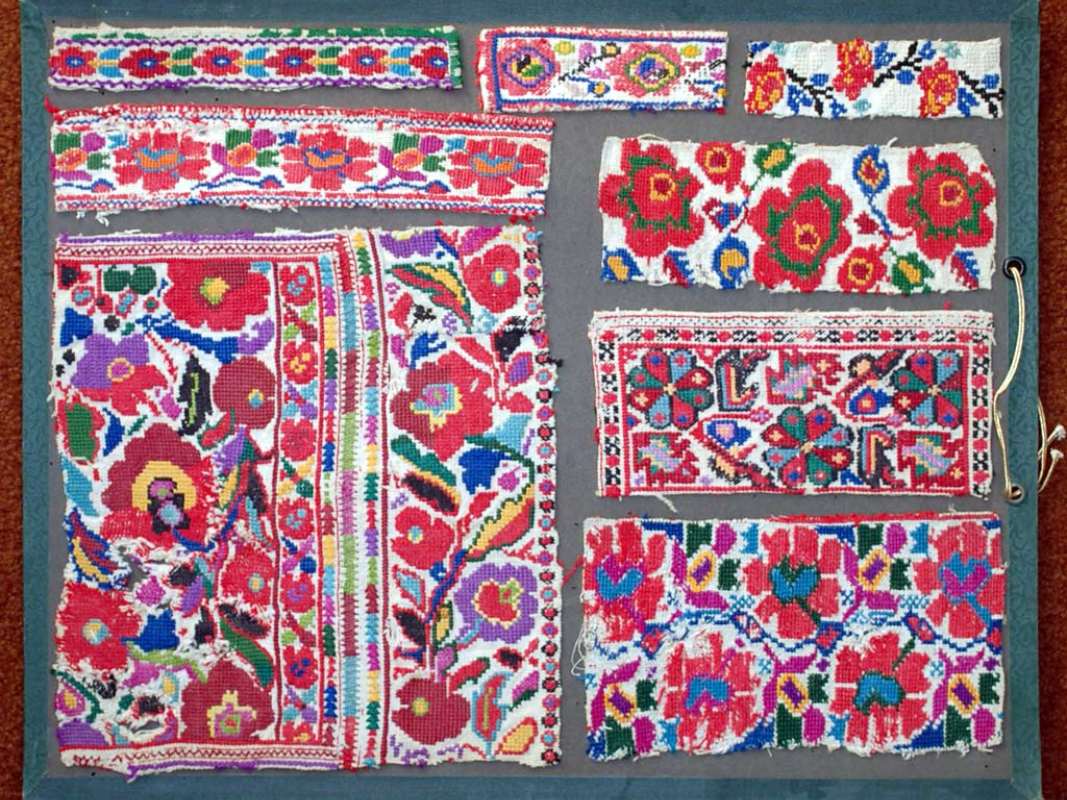
Ukrainian embroidery is a vibrant and intricate craft that has been part of Ukrainian culture for centuries. The embroidery is often used to decorate clothing, household items, and religious textiles. Traditional patterns and colors vary by region, with each design holding symbolic meanings related to nature, spirituality, and daily life. Ukrainian embroidery is celebrated for its beauty and craftsmanship, preserving the country’s rich cultural traditions.
Blacksmithing (Germany)
Blacksmithing in Germany has a long history, dating back to medieval times. German blacksmiths are known for their high-quality ironwork, creating everything from tools and weapons to decorative gates and railings. The craft involves heating iron in a forge and shaping it with hammers and anvils. Traditional German blacksmithing techniques have been passed down through generations, maintaining a strong cultural heritage.
Americas
Navajo Weaving (USA)
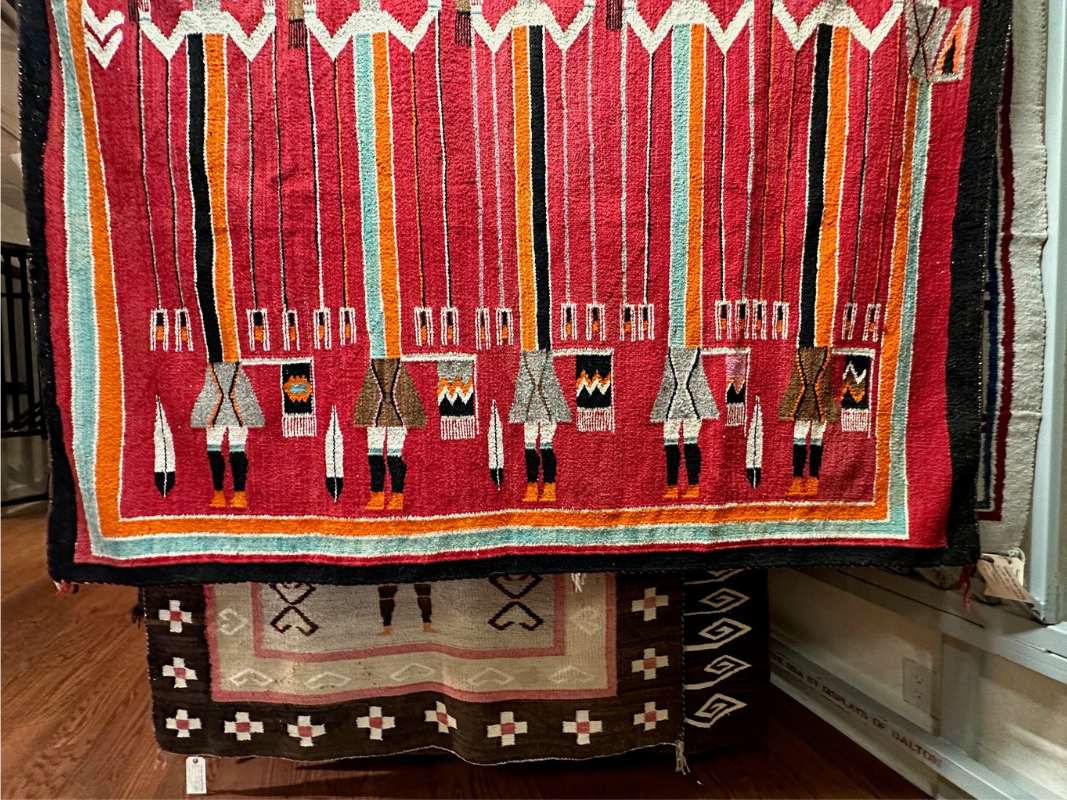
Navajo weaving is a traditional craft of the Navajo people in the southwestern United States. This textile art involves creating rugs, blankets, and other woven items using hand-spun wool and natural dyes. The weaving process is done on upright looms, with artisans creating intricate geometric patterns and designs that often have cultural and spiritual significance. Navajo weaving is a vital part of Navajo heritage, representing skill, tradition, and artistic expression.
Molas (Panama)
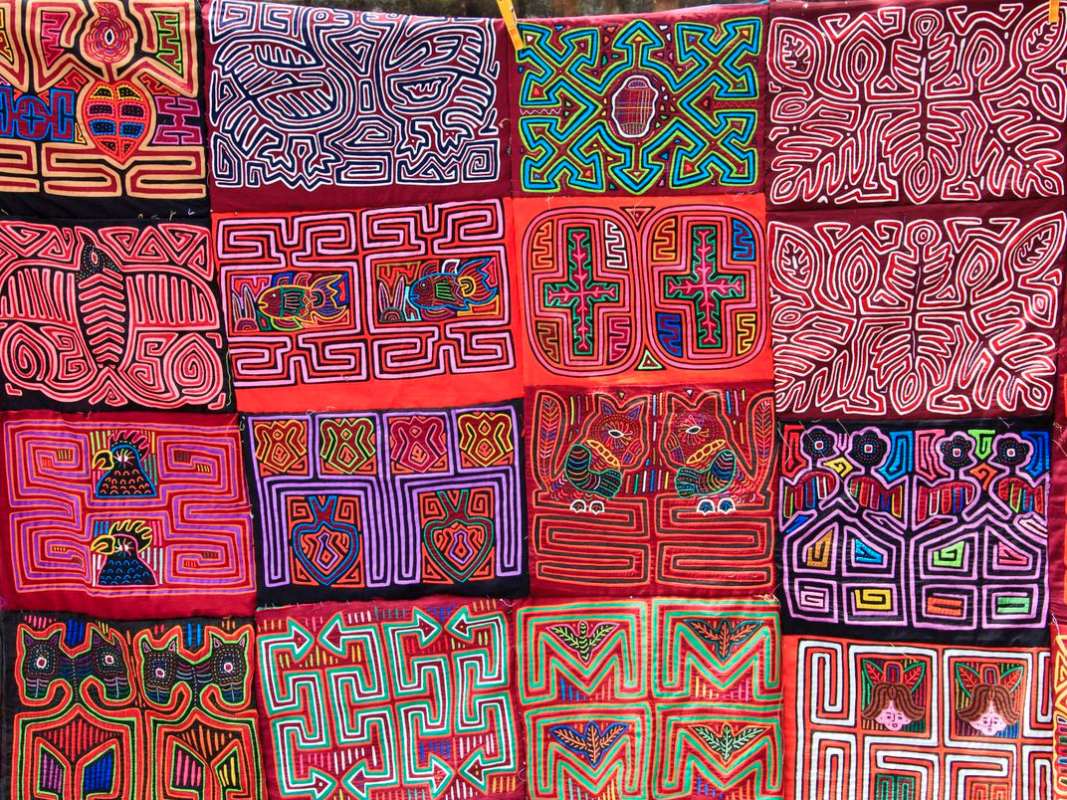
Molas are a traditional textile art of the Kuna people of Panama. These vibrant fabric panels are created using a reverse appliqué technique, where layers of fabric are sewn together and then cut away to reveal intricate designs. Molas often depict geometric patterns, animals, and scenes from daily life. They are used to adorn clothing and other items, symbolizing cultural identity and craftsmanship.
Alebrijes (Mexico)
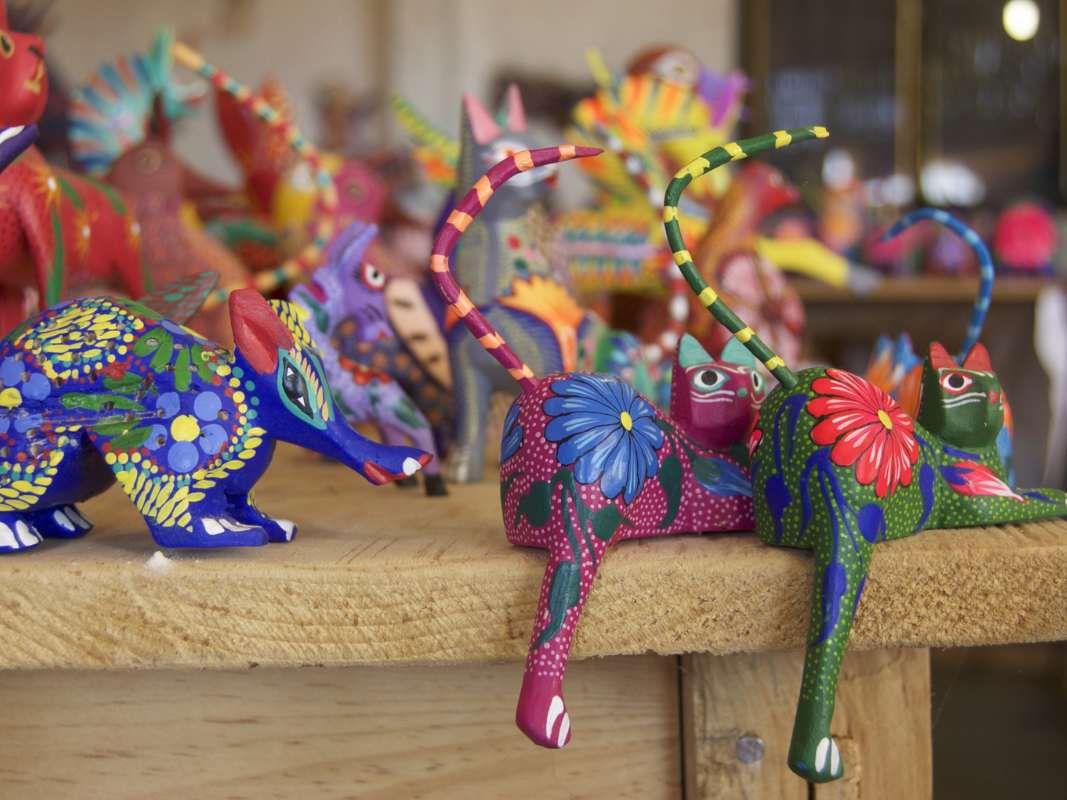
Alebrijes are fantastical creatures carved from wood and brightly painted, originating from Mexico. These folk art sculptures often combine elements from different animals, creating whimsical and imaginative designs. The creation of alebrijes involves carving the figures from copal wood and then painting them with vivid colors and intricate patterns. Alebrijes are popular in Mexican culture, representing creativity and artistic expression.
Oceania
Tapa Cloth (Polynesia)
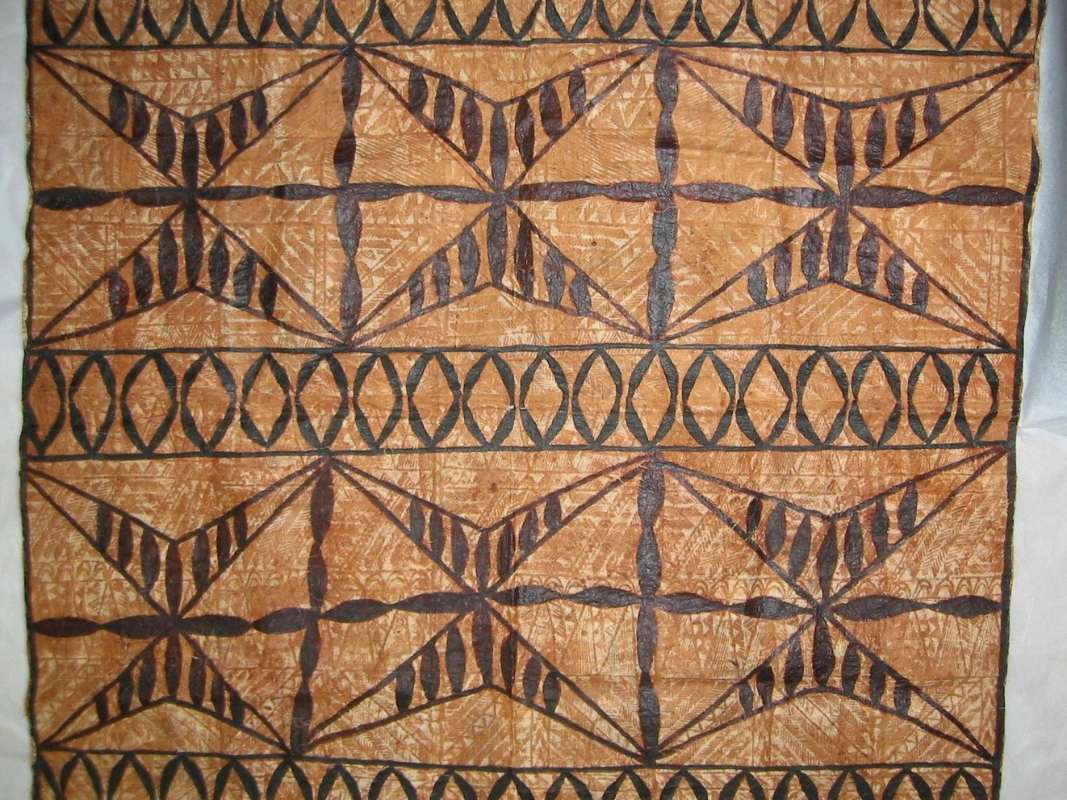
Tapa cloth, also known as bark cloth, is a traditional textile made from the inner bark of trees, primarily the paper mulberry. This craft is practiced in various Polynesian islands, including Tonga, Samoa, and Fiji. The process involves soaking and beating the bark into a thin, flexible fabric, which is then decorated with natural dyes and intricate patterns. Tapa cloth is used in ceremonies, clothing, and as a symbol of cultural heritage.
Aboriginal Dot Painting (Australia)
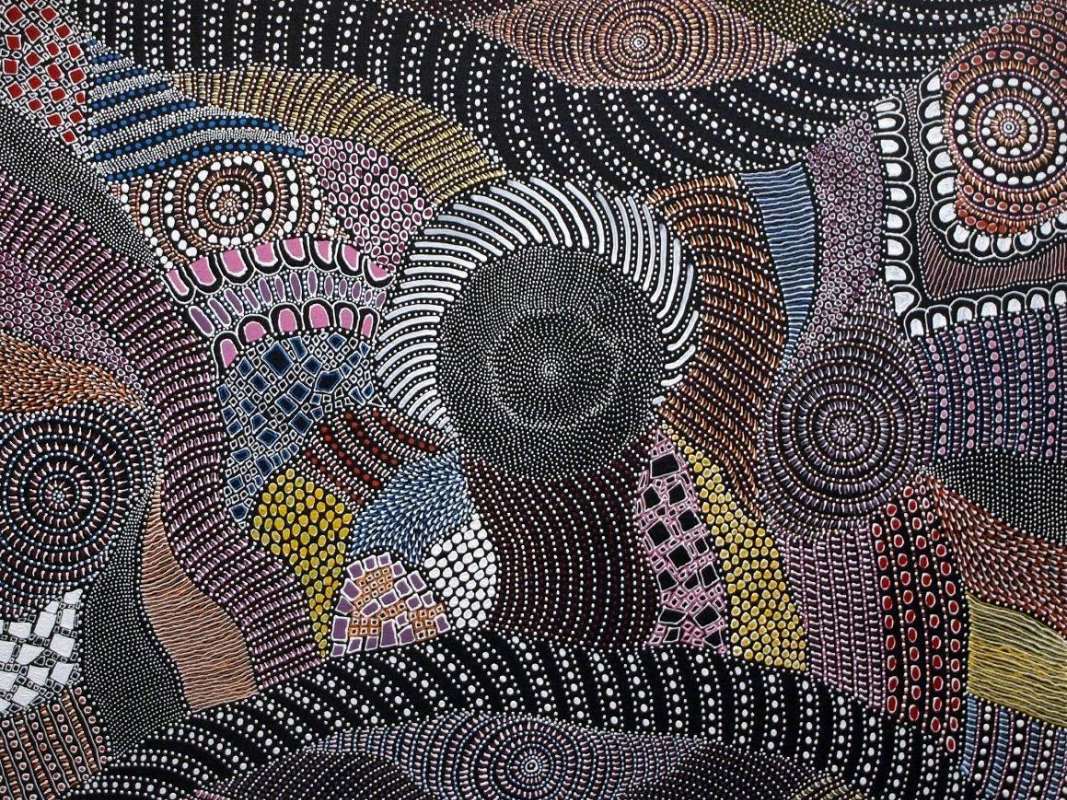
Aboriginal dot painting is a traditional art form of Indigenous Australians. This technique involves using dots of paint to create intricate designs and patterns, often depicting stories, animals, and landscapes. The paintings are rich in symbolism and hold cultural and spiritual significance. Aboriginal dot painting is a means of preserving and sharing Aboriginal heritage, with each piece serving as a visual narrative of cultural knowledge and history.
Honoring Craftsmanship Around the World
Traditional craft techniques are more than just artistic expressions; they are vital components of cultural identity and heritage. These crafts connect us to our past, telling stories of our ancestors and preserving their knowledge for future generations. Each technique, from the intricate lace of Belgium to the vibrant batik of Indonesia, reflects the unique history and values of its culture. By supporting and learning about these traditional crafts, we help preserve these invaluable cultural treasures and celebrate the diversity of human creativity.
At Kiricard, we honor the tradition of craftsmanship by creating exquisite pop-up cards that capture the essence of artistry and creativity. Each card is meticulously designed to bring joy and wonder to your celebrations, blending modern innovation with timeless techniques. Explore our collection and experience the magic of Kiricard’s craftsmanship.
Stay connected and inspired! Follow our blog for more insights into the world of traditional crafts and creative card designs. Visit our blog to stay updated with the latest trends, tips, and stories celebrating the beauty of tradition and creativity.

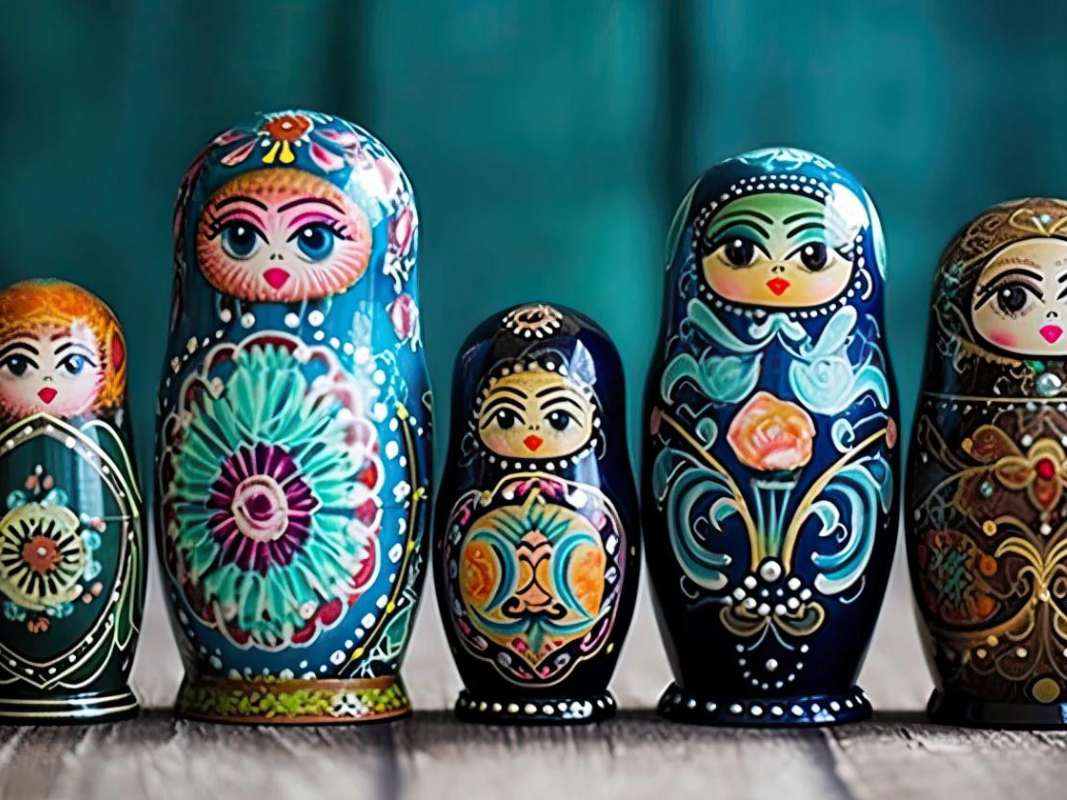
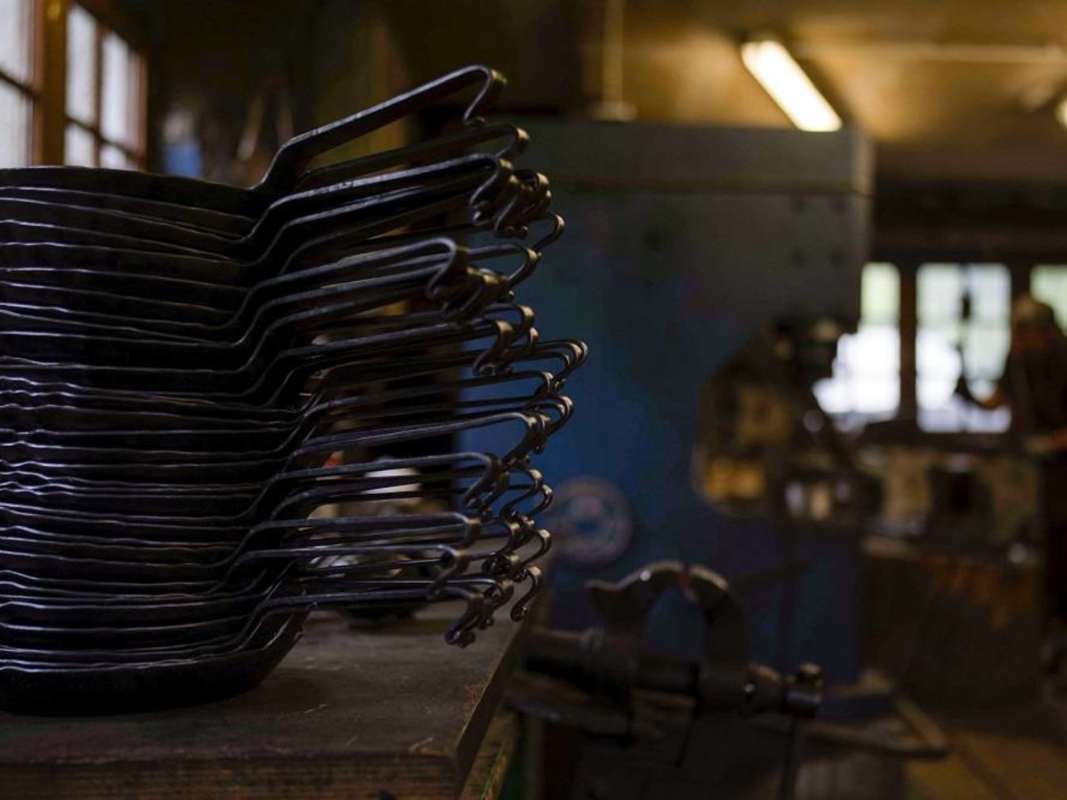




 Christmas
Christmas Father’s Day
Father’s Day Valentine’s Day
Valentine’s Day Easter
Easter Thanksgiving
Thanksgiving Halloween
Halloween
 Birthday
Birthday Wedding
Wedding Anniversary
Anniversary Graduation
Graduation Baby Shower
Baby Shower House Warming
House Warming
 For Him
For Him For Her
For Her For Kids
For Kids
 Floral
Floral Animals
Animals Trees
Trees Architecture
Architecture Vehicle
Vehicle LGBTQ+
LGBTQ+ Just Because
Just Because
 Pop-up Box
Pop-up Box Pop-up Stand
Pop-up Stand